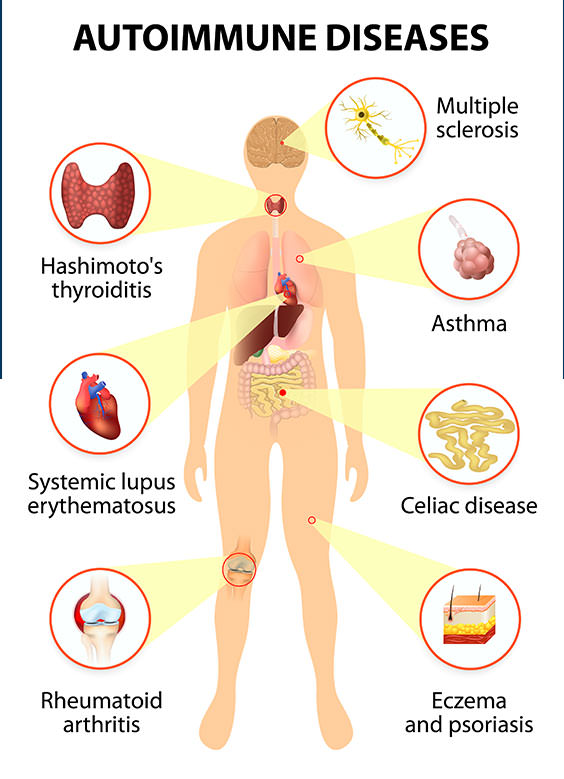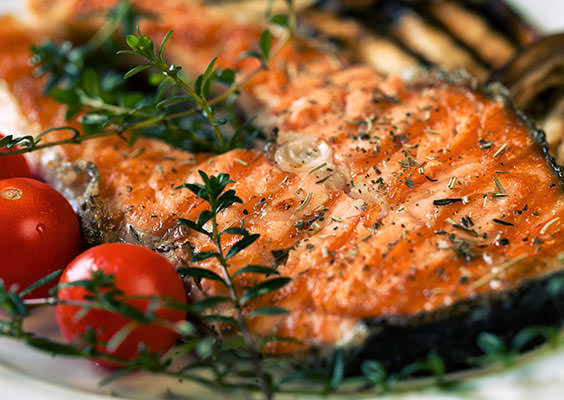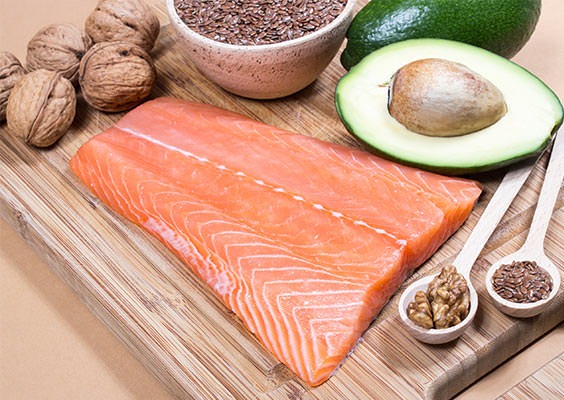All the so-called “nutrition experts” telling us to eat unsaturated fats instead of saturated fats are missing the point.
There are natural saturated fats that are perfectly healthy to eat… and manufactured unsaturated fats that are at the root cause of many of our health problems.
That’s because it’s the ratio of omega-6 fats and omega-3 fats in our modern diet that’s actually the problem.
Let me explain…
Omega Fatty Acids In Our Diet
Omega-6s are fatty acids commonly found in vegetable oils. That includes safflower, sunflower, corn, cottonseed, sesame and soybean. They’re also in salad dressings, shortening and margarine.

Omega-3s are the fatty acids that are found in cold-water fish and grass-fed meats.

Omega-3 and Omega-6 For Good Health
You need both omega-3 and omega-6 fatty acids for good health. However… their amount and ratio in your diet have important physiological impacts on your health.1
Our ancestors had a ratio of 1:1 in
their diets. That means for every bit of omega-6 they consumed, they also ate the same amount of omega-3s.Causes Of Health Problems
In our modern world, the ratio of omega-6 to omega-3 fats we eat has skyrocketed to as much as 20 to 1. And it’s causing a whole host of health problems.
You’ve probably heard me give the advice to eat grass-fed beef, but if you have to eat grain-fed beef, to trim off the fat first.
Causes Of Health Problems
That’s because grass-fed beef is rich in omega-3s. When we started plumping our cattle up using an unnatural grain-based diet, we wrecked their fat content… and it’s now laden with omega-6s.
Studies show that excessive amounts of omega-6 polyunsaturated fatty acids and the very high omega-6:omega-3 ratio found in today’s Western diet can trigger the COX-2 enzyme.2 That’s an enzyme that increases inflammation, which can result in premature aging, heart disease, arthritis, diabetes, Alzheimer’s and other autoimmune diseases.

If you reduce that omega-6/omega-3 ratio down to 4:1, you see a 70% decrease in mortality rates. And a ratio of 3:1 can suppress inflammation in patients with rheumatoid arthritis.3
Balance Your Diet
You can balance the omega-6/omega-3 ratio in your diet by reducing or eliminating the use of corn oil, canola oil, soy oil and margarine. Instead, cook with high-quality extra virgin olive oil, coconut or avocado oil, or organic, grass-fed butter.
Processed and prepackaged foods almost always contain one of the omega-6 vegetable oils, so avoid them as much as possible.
What are good sources of omega-3s?
Good sources of omega-3s are salmon, avocado, walnuts, olives, and olive oil. In fact, one of my favorite meals loaded with omega-3 fats is baked Alaskan salmon salad. Here’s the recipe if you want to give it a try:
How to make baked Alaskan salmon salad

Ingredients:
1 bag of spring mixed greens
½ cup of sliced mushrooms
1 small red onion chopped
1 avocado peeled and chopped
¾ cup of chopped walnuts
1 cup of crumbled goat cheese
1 lemon and 1 lime
Black pepper
Fresh basil
Red pepper flakes
2 lbs. of Alaskan salmon (1/2 lb. per person)
1/3 cup burgundy wine
Salad Dressing
2 tablespoons of cold pressed olive oil
2 tablespoons of balsamic vinegar
2 tablespoons of water
1 tablespoon of apple cider vinegar
½ teaspoon of honey
½ teaspoon of gourmet mustard
Black pepper
Basil to taste
Directions:
In a large bowl, add salad dressing ingredients and whisk. Add onion and mushrooms. Put aside.
Drizzle olive oil in a glass baking dish. Place fish in skin-side down. Squeeze lemon and lime over fish. Season with basil, black pepper, and red pepper flakes to taste. Add a 1/3 cup of burgundy wine. Bake at 350 degrees for 20 to 30 minutes.
Mix in salad greens and toss to distribute dressing. Add avocado, walnuts and toss again. Serve greens on plate, top with fish and goat cheese. Garnish with lemon and lime.
To Your Good Health,
![]()
Al Sears, MD, CNS
1. Eaton SB, Eaton III, SB, Konner MJ. Palaeolithic nutrition revisited: A twelve-year retrospective on its nature and implications. Eur J Clin Nutr 1997;51:207-16.
2.Patterson E, Wall R, Fitzgerald GF, Ross RP, Stanton C. Health implications of High Dietary Omega-6 Polyunsaturated Fatty Acids. Journal of Nutrition and Metabolism. Vol. 2012, Article ID 539429, 16 pages. 3. Simopoulos AP. The importance of the ratio of omega-6.omega-3 essential fatty acids. Biomed Pharmacother. 2002 Oct;56(8):365-79.

